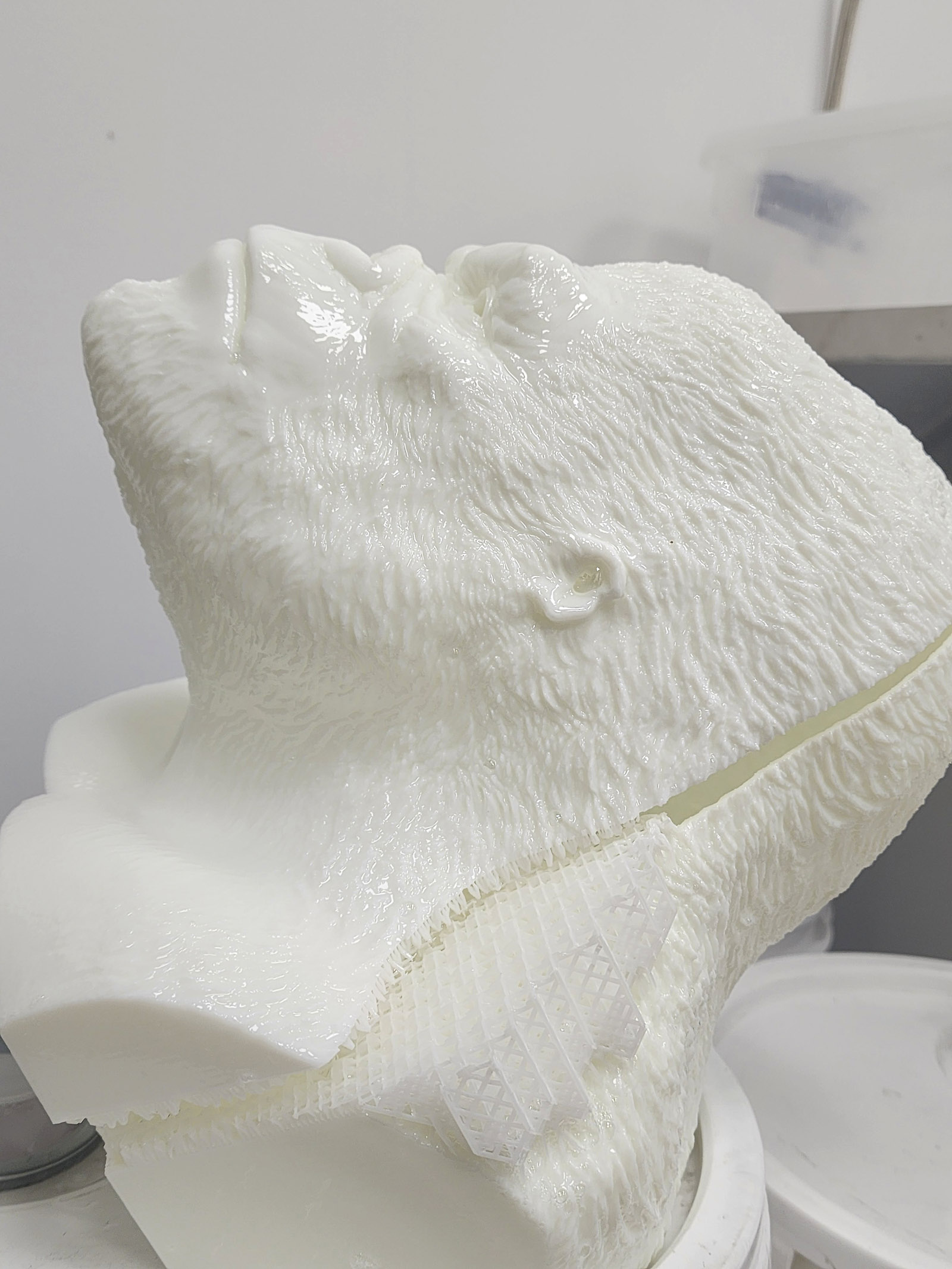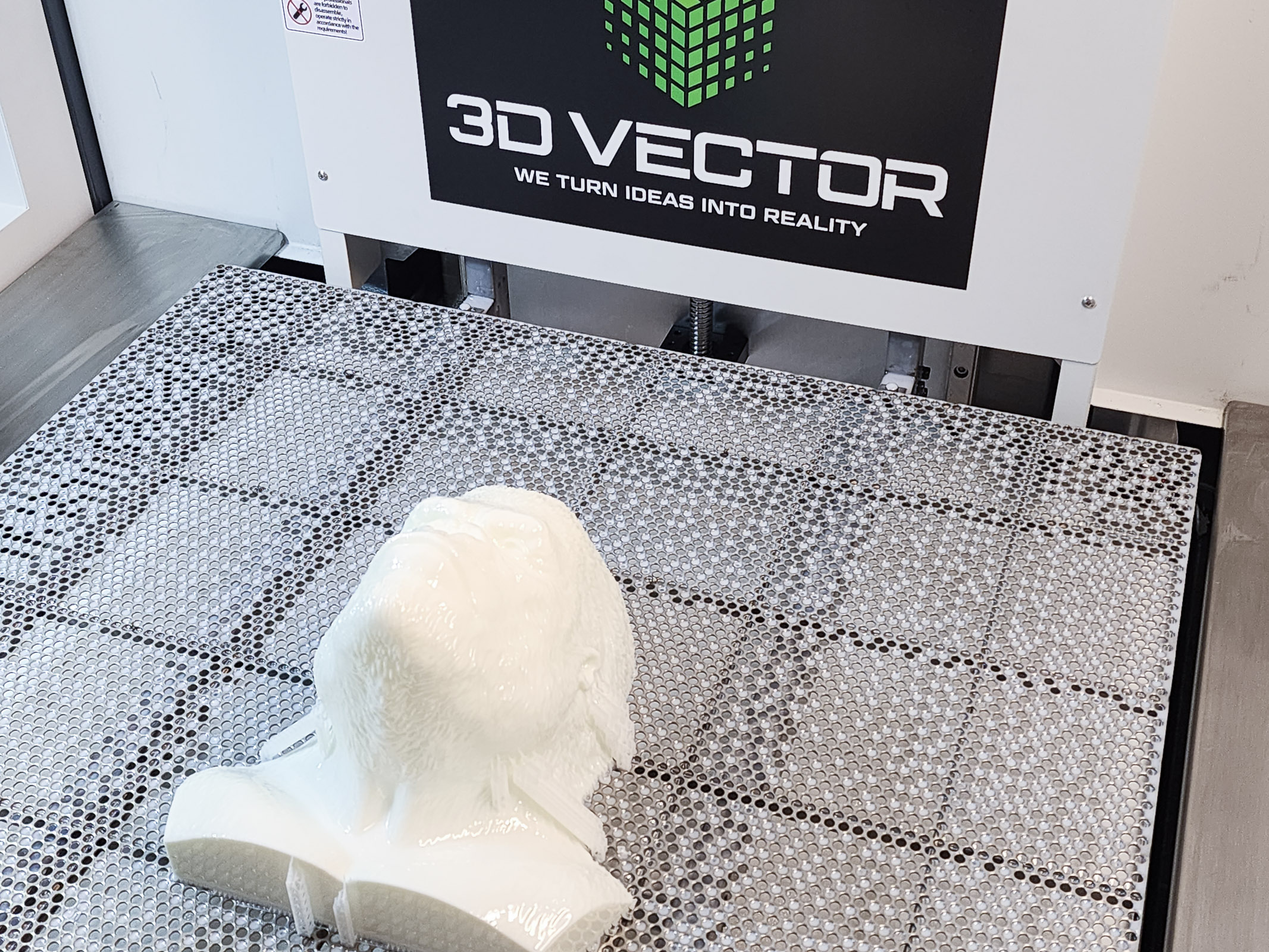Professionals in the film industry, including movie makers, rely on their creative vision, while film prop makers are are tasked with bringing these visions to life as soon as humanly possible. These props must not only look authentic but also be durable, flexible, and delivered on schedule. To meet these demands, many scenic artists, film prop shops and VFX studios have embraced a new form of 3D printing technology. Many of these professionals are unionized – in Canada film prop makers are a part of IATSE 873 and IATSE 828.
Initially, VFX artists employed 3D printers about a decade ago primarily for crafting prop prototypes. However, the consumer-level printers they utilized couldn’t produce props that functioned like real products. Meanwhile, the cost of industrial 3D printers made advanced technologies unattainable.
In recent times, more 3D Printing Service Bureaus like 3D Vector Inc., which specialize in providing fast, reliable 3D Printing services to Canadian and American film prop makers have started focusing on attractively priced, fast 3D Printing options for the film industry. Multiple 3D Printing material options including metal, epoxy resin (SLA), nylon (SLS) and ABS (FDM) have enabled film prop makers and scenic artists to create objects much faster than just a few years ago.
The incorporation of 3D printers has become commonplace in Hollywood. These machines have not only become standard equipment among prop makers but have also found their way onto production sets to facilitate rapid prop alterations and repairs.
On set, liquid resin-based printers, known as stereolithography (SLA), are typically the preferred 3D printing technology. Our in-house SLA capabilities and large-format SLA800 printers are perfect for the film prop industry. These printers excel in producing finely detailed, usually small parts ideal for costume ornamentation or intricate details, requiring minimal additional work post-printing. The key lies in understanding the appropriate tool for each task. While Thingergy boasts 25 3D printers of various sizes and technologies, they haven’t discarded traditional materials like styrofoam or clay.
Some projects don’t require the use of 3D printers at all, whereas others entail every aspect passing through 3D printing before the painting phase. It’s a diverse art form that relies on multiple printers, materials, and methods as there’s never a one-size-fits-all approach. Moreover, for prop makers, embracing 3D printing doesn’t necessarily entail purchasing 3D printers. The proliferation of 3D printing service bureaus like 3D Vector Inc., allows companies to swiftly manufacture parts based on digital designs in diverse materials and technologies.
Despite the rise of outsourcing to these service bureaus, the movie industry, known for its secrecy, often prefers in-house production for sensitive digital files of unreleased movies.
Mastering 3D printing, as with other manufacturing methods 3DVector.com demands technical expertise and creative talent. Contrary to common misconception, successful 3D printing involves more than simply pressing a button; it necessitates understanding model orientation, troubleshooting machines, and various other factors that influence the final outcome.
Nonetheless, while 3D printing offers flexibility and the ability to accommodate last-minute changes, it also poses challenges. Producing quality prints can still be expensive due to labor-intensive digital 3D modeling. Yet, the adaptability of digital models enables movie makers to implement continuous changes that would have been laborious and costly with handcrafted props. Consequently, producers often delay prop decisions until the eleventh hour.
In many ways, the film industry’s adoption of 3D printing technology mirrors a trend observed across diverse businesses and manufacturers. Companies are recognizing that desktop-sized 3D printing has matured into an accessible manufacturing solution applicable to their operations. The current challenge lies in selecting the right 3D printing technology, printer, or service and integrating it with existing methods.







